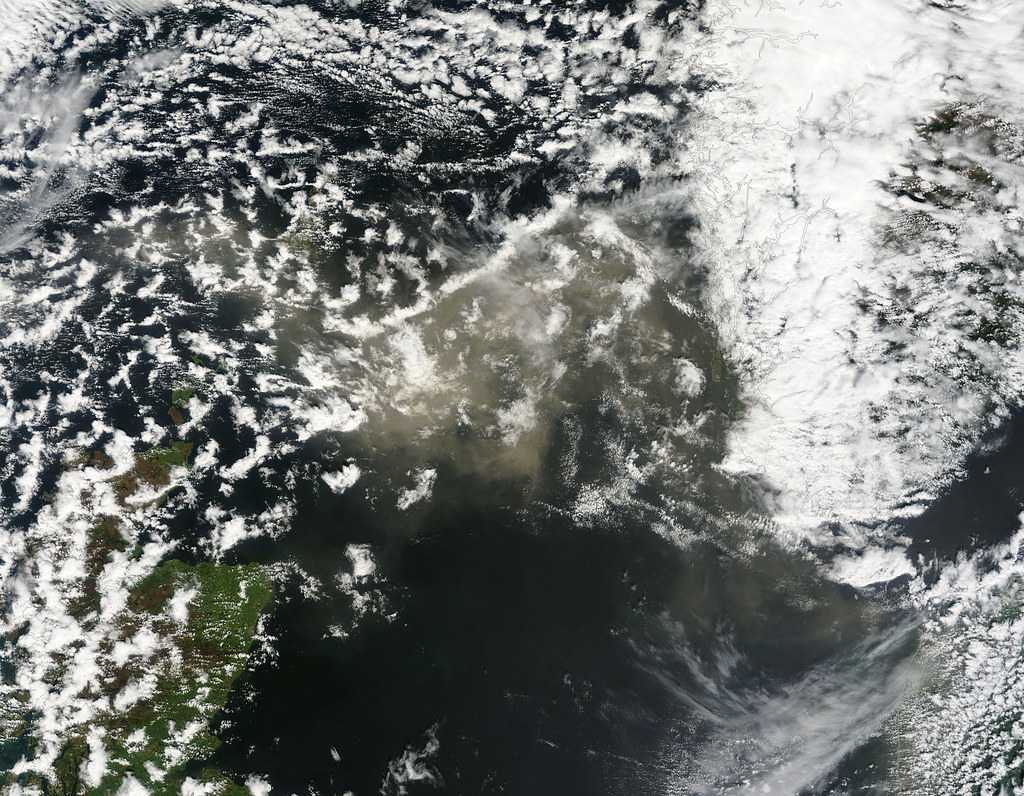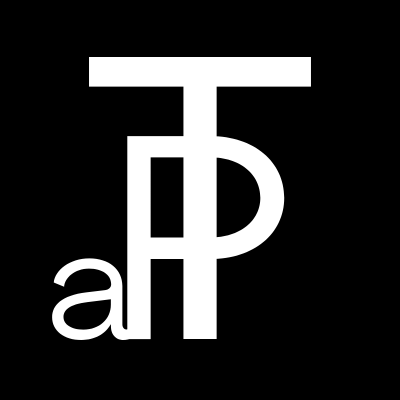A Hidden Network at Risk
The Baltic Sea has become a critical hub for Europe’s energy and communications, crisscrossed with pipelines, data cables, and transmission lines from offshore wind farms. Beyond electricity transmission, communications, financial transactions, and intelligence data flow through fiber-optic cables buried beneath the ocean floor.
Yet this vital infrastructure remains vulnerable. Military analysts warn that a well-coordinated attack could crash websites, halt wind turbines, or trigger regional blackouts.
The Nord Stream Attack: A Turning Point
The September 2022 sabotage of the Nord Stream gas pipelines in the Baltic Sea starkly demonstrated this vulnerability. The explosions that ruptured Russia’s key gas supply route to Germany sparked intense speculation about responsibility.
Initial intelligence reports indicated that European security officials had observed Russian Navy support ships near the pipeline, raising suspicions—despite the pipelines being a major Russian energy asset. Yet investigators believed the Russian naval presence might have been defensive, as Moscow had reportedly received warnings of potential sabotage.
By March 2023, German media attention shifted to a pro-Ukrainian group allegedly using a rented yacht (Andromeda) to plant explosives. Investigators claimed to have found explosive traces on the vessel, which was rented using forged passports.
Russia itself, however, did not blame Ukraine, instead accusing the U.S.
Investigative journalist Seymour Hersh supported this theory in February 2023, alleging the CIA and Norwegian forces planted explosives during a NATO exercise for remote detonation. Hersh dismissed the Andromeda narrative as a Western intelligence fabrication.
While uncertainty remains—between the CIA, BND, and German Media—we tend to believe Seymour Hersh, even when his account aligns with the Russian version. After all, he was right about Watergate, the Mỹ Lai massacre, and the Abu Ghraib torture by U.S. soldiers in Iraq.

Escalating Pattern of Undersea Sabotage
Since Nord Stream, attacks on undersea infrastructure have increased:
- 2023: Baltic Connector pipeline (Finland-Estonia) and multiple data cables severed.
- November 2024: Data cables linking Finland-Germany and Sweden-Lithuania cut.
- Early 2025: Estlink 2 power cable (Estonia-Finland) damaged.
Deniability in “seabed warfare” is key. Ships accidentally drag anchors for miles without noticing—while appearing to operate normally.
NATO’s Countermeasures
NATO has intensified protection efforts with a strategy focused on eliminating deniability—ensuring sabotage attempts can be definitively traced. Key measures include:
- Infrastructure monitoring by operators.
- Intelligence sharing across 70+ NATO-linked agencies.
- Satellite tracking of ship movements via AIS and high-resolution imagery.
- AI systems like Palantir analyzing maritime activity to detect threats.
Russian Undersea Capabilities
Russian vessels were documented mapping the North Sea floor in early 2023, likely probing vulnerabilities. The Yantar, a Russian “research” ship equipped with advanced deep-sea submersibles, can tap into cables at previously unreachable depths.
The Future of Undersea Security
As European reliance on undersea infrastructure grows, so does the risk of sabotage. The ocean floor has become a covert battleground where single incidents could disrupt economies and communications. With expanding Russian deep-sea capabilities and NATO’s defensive efforts, the central question is no longer if another attack will occur, but when—and whether perpetrators can be conclusively identified.





